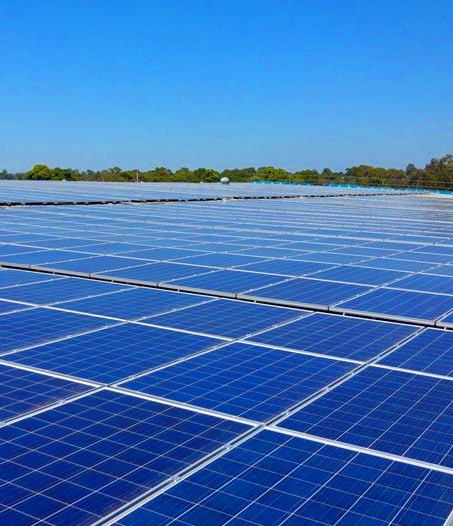Green price slide slows
 Officials have confirmed that renewables remain the cheapest source of electricity, but cost reductions are stalling.
Officials have confirmed that renewables remain the cheapest source of electricity, but cost reductions are stalling.
CSIRO’s annual GenCost report shows renewables remain the cheapest new-build electricity generation option in Australia, although inflation and supply chain disruptions will likely put cost reductions on hold for the next year.
Each year, Australia’s national science agency CSIRO, and the Australian Energy Market Operator (AEMO), work with industry to give an updated cost estimate for large-scale electricity generation in Australia, to compile the annual GenCost report (PDF).
The report confirms past years’ findings that wind and solar are the cheapest source of electricity generation and storage in Australia, even when considering additional integration costs arising due to the variable output of renewables, such as energy storage and transmission.
Projections in the report assume that cost reductions for all technologies will stall for the next 12 months because tight global supply chains will require more time to recover from the COVID-19 pandemic.
However, after the current inflationary cycle ends, solar, wind, and batteries are all projected to keep getting cheaper.
CSIRO Chief Energy Economist Paul Graham said researchers had observed year-on-year cost reductions for most technologies and this year’s report is no exception.
“What will be different in the next year is that we will have a confluence of factors impacting project costs. The war in Ukraine has resulted in fossil energy price inflation which flows through to all parts of the economy through transport and energy costs. We also have tight supply chains that are still recovering,” he said.
The data shows cost reductions for technologies not currently being widely deployed such as carbon capture and storage (CCS), nuclear Small Modular Reactors (SMRs), solar thermal, and ocean energy are lagging and would require stronger investment to realise their full potential.
The status of nuclear SMR has not changed. Following extensive consultation with the Australian electricity industry, report findings do not see any prospect of domestic projects this decade, given the technology’s commercial immaturity and high cost. Future cost reductions are possible but depend on its successful commercial deployment overseas.








 Print
Print